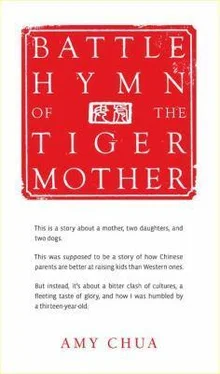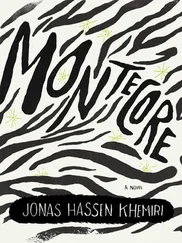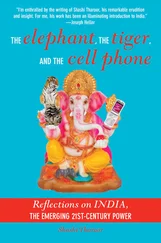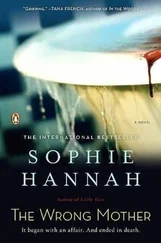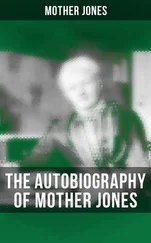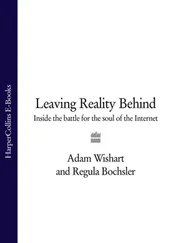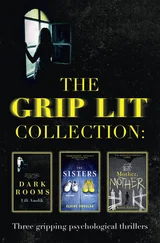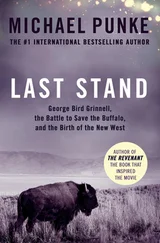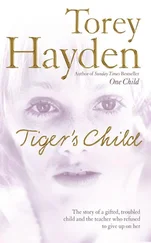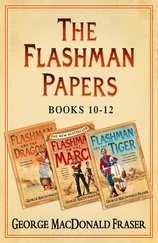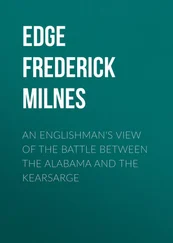
One jarring thing that many Chinese people do is openly compare their children. I never thought this was so bad when I was growing up, because I always came off well in the comparison. My Dragon Lady grandmother — the rich one, on my father’s side — egregiously favored me over all my sisters. “Look how flat that one’s nose is,” she would cackle at family gatherings, pointing at one of my siblings. “Not like Amy, who has a fine, high-bridged nose. Amy looks like a Chua. That one takes after her mother’s side of the family and looks like a monkey.”
Admittedly, my grandmother was an extreme case. But Chinese people do similar things all the time. I was recently at a Chinese medicine store, and the owner told me that he had a six-year-old daughter and a five-year-old son. “My daughter,” he said, “she smart. Only one problem: not focused . My son — he not smart. My daughter smart.” Another time, my friend Kathleen was at a tennis tournament and fell into conversation with a Chinese mother who was watching her daughter play a match. The mother told Kathleen that her daughter, who was a student at Brown, was probably going to lose. “This daughter so weak, ” she said, shaking her head. “Her older sister — much better. She go to Harvard.”
I know now that parental favoritism is bad and poisonous. But in defense of the Chinese, I have two points. First, parental favoritism can be found in all cultures. In Genesis, Isaac favors Esau, whereas Rebekah loves Jacob better. In the Grimm Brothers’ fairy tales, there are always three siblings — and they are never treated equally. Conversely, not all Chinese practice favoritism. In The Five Chinese Brothers, there is no indication that the mother loves the son who swallows the sea any more than the son with the iron neck.
Second, I don’t believe that all parental comparisons are invidious. Jed is constantly criticizing me for comparing Sophia and Lulu. And it’s true that I’ve said things to Lulu like, “When I tell Sophia to do something, she responds instantly. That’s why she improves so fast.” But Westerners misunderstand. When I say such things I’m not favoring Sophia; just the opposite, I’m expressing confidence in Lulu. I believe that she can do anything Sophia can do and that she’s strong enough to handle the truth. I also know that Lulu compares herself to Sophia anyway. That’s why I’m sometimes so harsh with her. I won’t let her indulge her own inner doubts.
That’s also why, on the morning of Lulu’s first violin lesson, before she’d even met her new teacher, I said, “Remember, Lulu, you’re only six. Sophia won her first Performance Prize when she was nine. I think you can win it earlier.”
Lulu responded badly to this, saying that she hated competitions and that she didn’t even want to play the violin. She refused to go to the lesson. I threatened her with a spanking and no dinner — which, back then, still worked — and finally got her to the Neighborhood Music School, where we were saved by Mr. Carl Shugart, the Suzuki violin teacher to whom Lulu had been assigned.
Mr. Shugart, about fifty with preppy good looks and thinning blond hair, was one of those people who relate better to children than to adults. With parents, he was aloof and awkward; he could barely look us in the eye. But he was a genius with children: relaxed, witty, inspirational, and fun. He was like the Pied Piper of the Neighborhood Music School, and the thirty or so kids who studied with him — Lulu among them — would have followed him anywhere.
Mr. Shugart’s secret was that he translated everything technical about the violin into stories or images children could understand. Instead of legato, staccato, or accelerando, he spoke of caressing the fur of a purring cat, armies of marching ants, and mice on unicycles rolling down a hill. I remember marveling at the way he taught Lulu Dvořák’s famous Humoresque no. 7. After the catchy opening theme, which people all over the world hum without even knowing it, there’s an almost overly sentimental second theme that’s supposed to be played with tragicomic exaggerated pathos — now how do you explain that to a six-year-old?
Mr. Shugart told Lulu that the second theme was sad, but not sad as in someone dying. Instead he asked her to imagine that her mother promised her a big ice cream cone with two toppings if she made her bed every day for a week — and that Lulu trustingly did so. But when the week was over, her mother refused to give her the ice cream cone. Not only that, she bought a cone for Lulu’s sister, who had done absolutely nothing. This clearly struck a chord with Lulu, because after that she played Humoresque so poignantly it was as if the piece had been written for her. To this day, when I hear Humoresque — you can watch Itzhak Perlman and Yo-Yo Ma playing it on YouTube — I hear the lyrics that Mr. Shugart added: “I wa-a-nt my ice cream, oh give me my ice cream; where is the ice cream you promised m-e-e?”
Amazingly, even though I had chosen the violin for Lulu, it was immediately apparent that she had a natural affinity for it. Even early on, people were constantly struck by how naturally she moved when she played and how much she really seemed to feel the music. At Mr. Shugart’s recitals she always shone, and other parents would ask if music ran in our family and whether Lulu was hoping to be a professional violinist. They had no idea about the bloodbath practice sessions back home, where Lulu and I fought like jungle beasts — Tiger versus Boar — and the more she resisted, the more I went on the offensive.
Saturdays were the highlight of my week. We spent the whole morning at the Neighborhood Music School, which was always bursting with energy and the sounds of twenty different instruments. Not only did Lulu have her lesson with Mr. Shugart; she went straight from there to a group Suzuki class with him, followed by a violin-piano duo session with Sophia. (Lulu’s piano lessons, which we had not abandoned, were on Fridays.) Back at home, despite the three-hour lesson block we’d just had, I would often try to sneak in an extra postlesson practice session — nothing like getting a good jump on the next week! At night, after Lulu was asleep, I read treatises about violin technique and listened to CDs of Isaac Stern, Itzhak Perlman, or Midori, trying to figure out what they were doing to sound so good.
I admit that this schedule might sound a little intense. But I felt that I was in a race against time. Children in China practice ten hours a day. Sarah Chang auditioned for Zubin Mehta of the NewYork Philharmonic at the age of eight. Every year some new seven-year-old from Latvia or Croatia wins an international competition playing the monstrously difficult Tchaikovsky Violin Concerto, which I couldn’t wait for Lulu to get to. Besides, I was already at a disadvantage because I had an American husband who believed that childhood should be fun. Jed always wanted to play board games with the girls, or go mini-golfing with them, or worst of all, drive them to faraway water parks with dangerous slides. What I liked best to do with the girls was to read to them; Jed and I did that every night, and it was always everyone’s favorite hour of the day.
The violin is really hard — in my view, much harder to learn than the piano. First, there is the matter of holding the thing, which isn’t an issue with the piano. Contrary to what a normal person might think, the violin isn’t held up by the left arm; it only looks that way. According to the famous violin teacher Carl Flesch in The Art of Violin Playing, the violin is to be “placed on the collarbone” and “kept in place by the left lower jaw,” leaving the left hand free to move around.
Читать дальше
